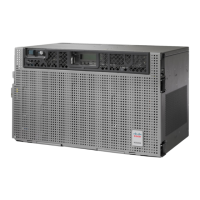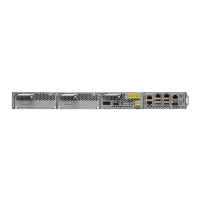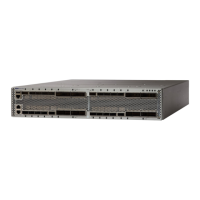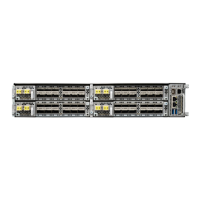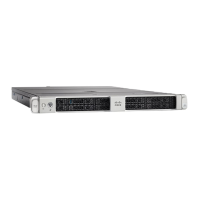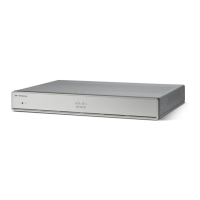Phase 1: Incoming Signal Validation
The Incoming Signal Validation phase checks to see that the optical interface connection is valid and that the
optical power level is appropriate.
Cisco TransportPlanner calculates the VOA Attenuation Reference value to allow only supported MSTP
interfaces to overcome the power start-up (Pstart-up) acceptance level. (Refer to the Network Reference
chapter of the Configuration guide.)
If the interface that is connected has a power value outside the allowed range, the Phase 1 check prevents
OCHNC turn-up.
Phase 2: Valid Signal Detected
If Phase 1 indicates that the signal is valid, an automatic iterative attenuation adjustment on the VOA takes
place to reach a power target on the photodiode downstream of the VOA.
The power setpoint is generated by Cisco TransportPlanner on a case-by-case basis. During the ANS run, the
power target is provisioned on the VOA.
Note
Phase 3: Channel Power Setpoint Locking
In Phase 3, the VOA is kept in a transient standby condition when a steady power value close enough to the
final power setpoint has been reached (nominally 3 dBm lower).
The duration of the transient standby condition is three seconds (by default) and allows safe management of
optical interfaces that have different signal rise time values or are undergoing a pulse startup procedure
compliant with the ITU-T G664 recommendation.
Phase 4: Channel Power Control Mode Fully Activated
The VOA reaches the final attenuation condition that leads the power value that is read on the photodiode to
the expected target value (VOA Power Reference). Simultaneously, the VOA operating mode switches to
power control mode.
From this point on, any further adjustment of the VOA attenuation is triggered by a variation of the value
read on the photodiode. The aim of these adjustments is to always keep the power value equal to the power
setpoint, with +/ 0.5 dBm as the minimum adjustment increment.
VOA Failure Scenarios
Several conditions can stop the startup procedure at an intermediate step, blocking the VOA (and the circuit
activation, as a consequence) from completing activation of the power control mode. The scenarios in this
section portray those conditions.
Root-cause identification can be performed based on the alarm raised and the power reading on the photodiode
associated with the VOA.
Cisco NCS 2000 series Troubleshooting Guide, Release 11.0
81
General Troubleshooting
VOA Failure Scenarios
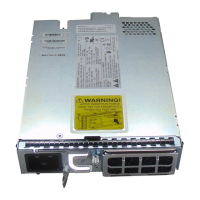
